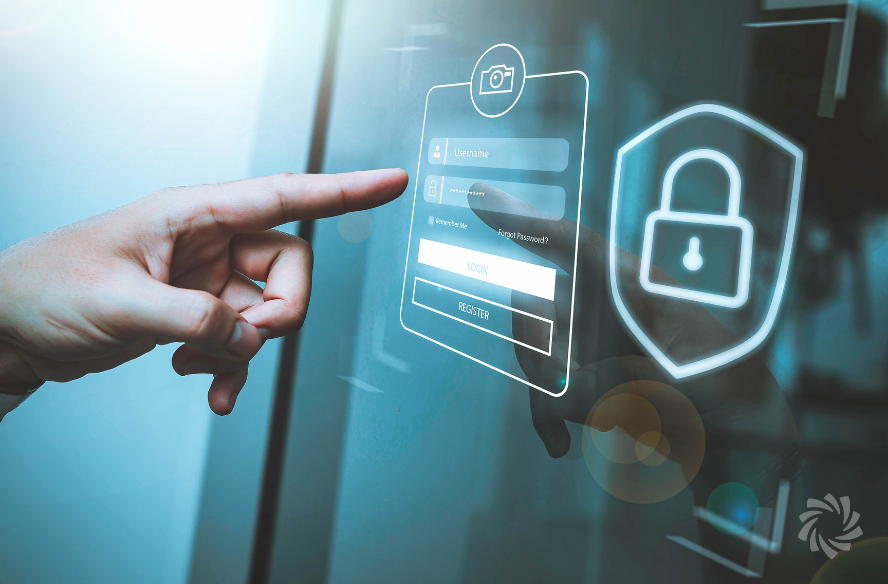
In today's digital age, the use of Electronic Health Records (EHR) has revolutionized the healthcare industry, providing significant benefits in terms of efficiency, accessibility, and patient care. However, with these advancements comes the critical responsibility of ensuring the security of patient information. Data security in EHR systems is paramount to maintaining patient confidentiality, complying with legal standards, and protecting against cyber threats.
Understanding the Importance of Data Security in EHR Systems
Data security in EHR systems involves a combination of policies, procedures, and technologies designed to protect electronic health information from unauthorized access, breaches, and other security threats. The sensitivity of medical records, which contain personal, medical, and financial information, makes them a prime target for cybercriminals. Ensuring robust data security measures is essential to maintaining patient trust and adhering to regulations such as the Health Insurance Portability and Accountability Act (HIPAA).
Key Components of Data Security in EHR Systems
1. Access Controls
Implementing strict access controls is the first line of defense in safeguarding patient information. This includes user authentication mechanisms such as passwords, biometric verification, and two-factor authentication (2FA). Access controls ensure that only authorized personnel can access specific data, thereby reducing the risk of unauthorized access and potential data breaches.
2. Encryption
Encryption is a critical technology that converts data into a coded format, making it unreadable to unauthorized users. Both data at rest (stored data) and data in transit (data being transmitted) should be encrypted. This ensures that even if data is intercepted or accessed without authorization, it cannot be deciphered and misused.
3. Audit Trails
Maintaining audit trails involves recording all access and activities related to EHR data. These logs provide a detailed record of who accessed the data, what changes were made, and when these actions occurred. Audit trails are vital for detecting suspicious activities, conducting forensic investigations, and ensuring accountability.
4. Regular Security Assessments
Conducting regular security assessments and vulnerability scans helps identify potential weaknesses in the EHR system. These assessments should be followed by prompt remediation efforts to address any identified vulnerabilities. Regular security audits and compliance checks are also crucial in ensuring ongoing adherence to security policies and regulatory requirements.
5. Employee Training and Awareness
Human error is often a significant factor in data breaches. Regular training and awareness programs for healthcare staff are essential to educate them about data security best practices, potential threats, and the importance of adhering to security protocols. Well-informed employees are better equipped to recognize and prevent security incidents.
6. Data Backup and Recovery
Implementing robust data backup and recovery procedures is essential for mitigating the impact of data breaches or system failures. Regular backups ensure that patient data can be restored in the event of data loss or corruption. Off-site backups and secure storage solutions further enhance data protection.
Challenges in Ensuring Data Security in EHR Systems
1. Evolving Cyber Threats
Cyber threats are continually evolving, with cybercriminals employing increasingly sophisticated techniques to breach security defenses. Staying ahead of these threats requires continuous monitoring, threat intelligence, and updating security measures to counter new and emerging threats.
2. Interoperability and Data Sharing
The need for interoperability and data sharing among different healthcare systems and providers can introduce security risks. Ensuring secure data exchange while maintaining the integrity and confidentiality of patient information requires robust security protocols and encryption standards.
3. Resource Constraints
Implementing and maintaining comprehensive data security measures can be resource-intensive. Smaller healthcare providers, in particular, may face challenges in allocating the necessary resources for advanced security technologies and continuous monitoring.
Conclusion
Data security in EHR systems is a critical aspect of modern healthcare, essential for protecting patient information, maintaining trust, and complying with regulatory standards. By implementing robust security measures, conducting regular assessments, and fostering a culture of security awareness, healthcare providers can effectively safeguard patient data in an increasingly digital and interconnected world. As cyber threats continue to evolve, ongoing vigilance and adaptation of security practices will be paramount in ensuring the continued protection of sensitive health information.
Harris CareTracker offers innovative solutions to enhance data security and practice efficiency in healthcare.

































